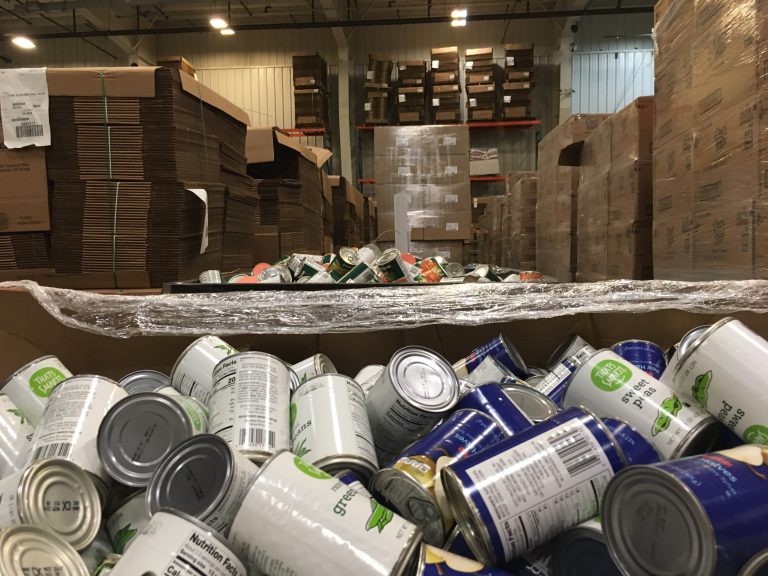Before the pandemic, the food pantry at St. Patrick Church in Urbana, Ill. served meals to more than 100 families per week. They operated with the help of about 60 volunteers, most of whom are retirees.
Since the pandemic, nearly 20 of them have stopped volunteering.
“Many of our volunteers are over 65 and several of them over 75,” says Sally Czapar, the pantry’s volunteer coordinator. “Due to the pandemic, they felt safer staying home. Their families urged them to stay home, they have some pre-existing conditions.”
Like many food pantries, Czapar’s team has had to change the way they operate to meet health and safety standards. They’ve converted to a drive-through system and now only serve food two days per week instead of four.
Czapar says the drop in volunteers happened almost immediately.
“Nobody really knew how bad COVID would be and how easily it was transmitted. We were all kind of working on zero knowledge. Each week when my husband and I would go, we kind of felt like we were marching to our deaths,” she says.
According to hunger relief organization Feeding America, two-thirds of food banks are currently in need of volunteers.
“The entire pandemic has created this perfect storm of circumstances that is impacting food banks in a variety of ways,” says Feeding America spokesperson Zuani Villarreal. “There’s increased demand. There’s a lot more people that are out of work that are struggling, and they’re looking for food at food banks.
According to Census Bureau data, as of July 21st, approximately one in four households with children struggled to afford food.
The increased demand at food pantries has left them scrambling to keep up, and approximately 20% of them had to close down at the start of the pandemic.
“Some of our partner agencies in our network [had to] temporarily shut down operations because they did not have the volunteer support. [Either] they’re run by volunteers or they just didn’t have the volunteers to help them with the distributions,” says Villarreal.
However, Villarreal says food banks are adapting to the loss of volunteers. Some, for example, are setting up mobile distributions to provide access to food in communities that have lost pantries since the start of the pandemic. Some also hired temporary workers to make up for the loss of help.
At St. Patrick Church’s food pantry, Czapar says she’s proud of what her team has accomplished.
“We’re just really happy that we’re healthy and we’ve been able to continue our work,” she says.
9(MDM5MjE5NTg1MDE1Mjk1MTM5NjlkMzI1ZQ000))

